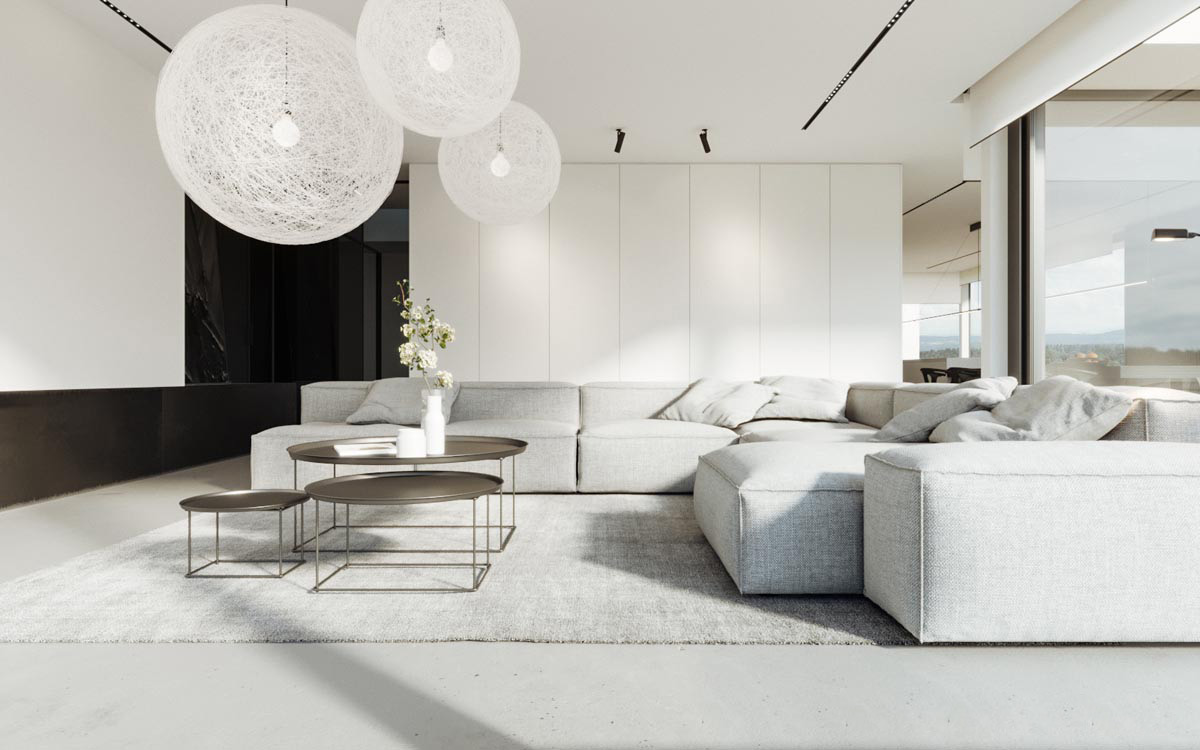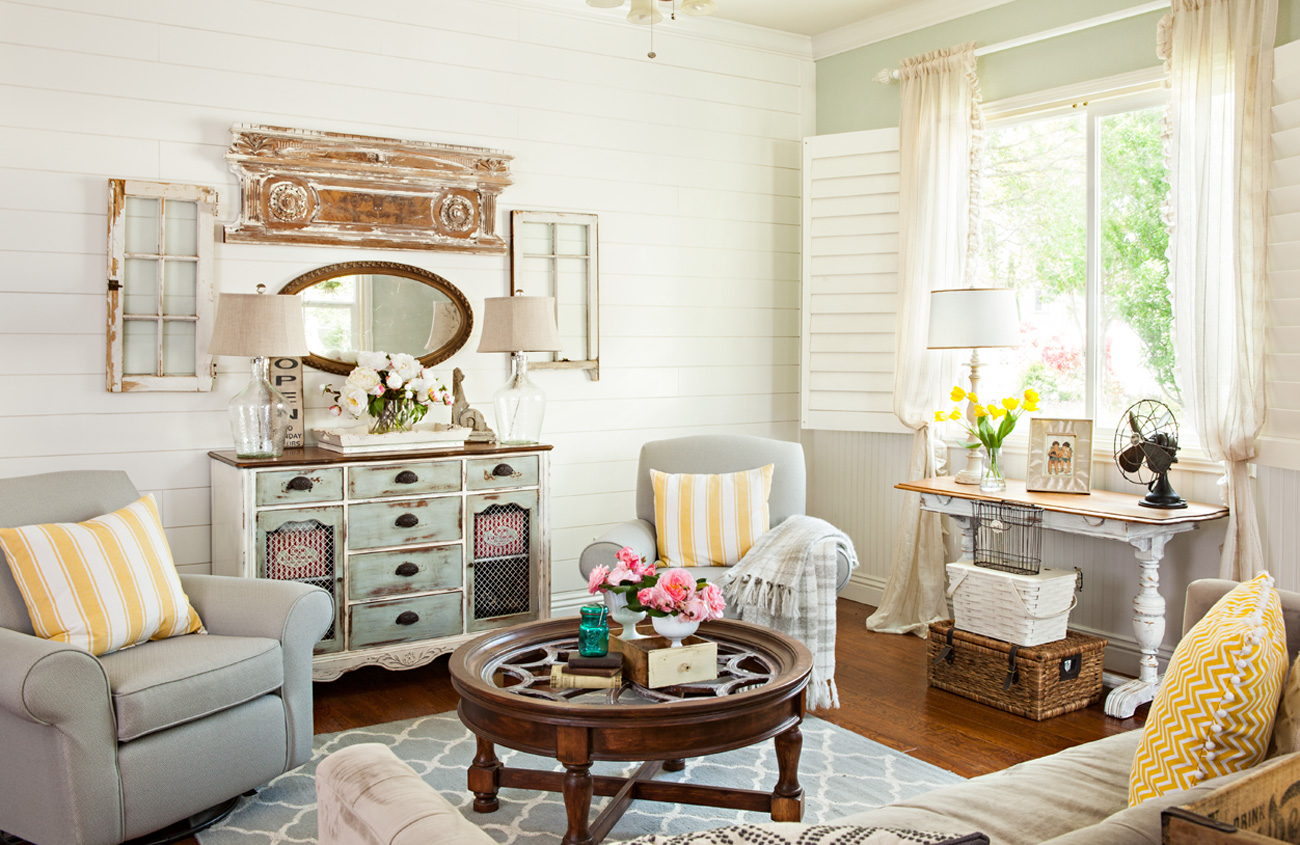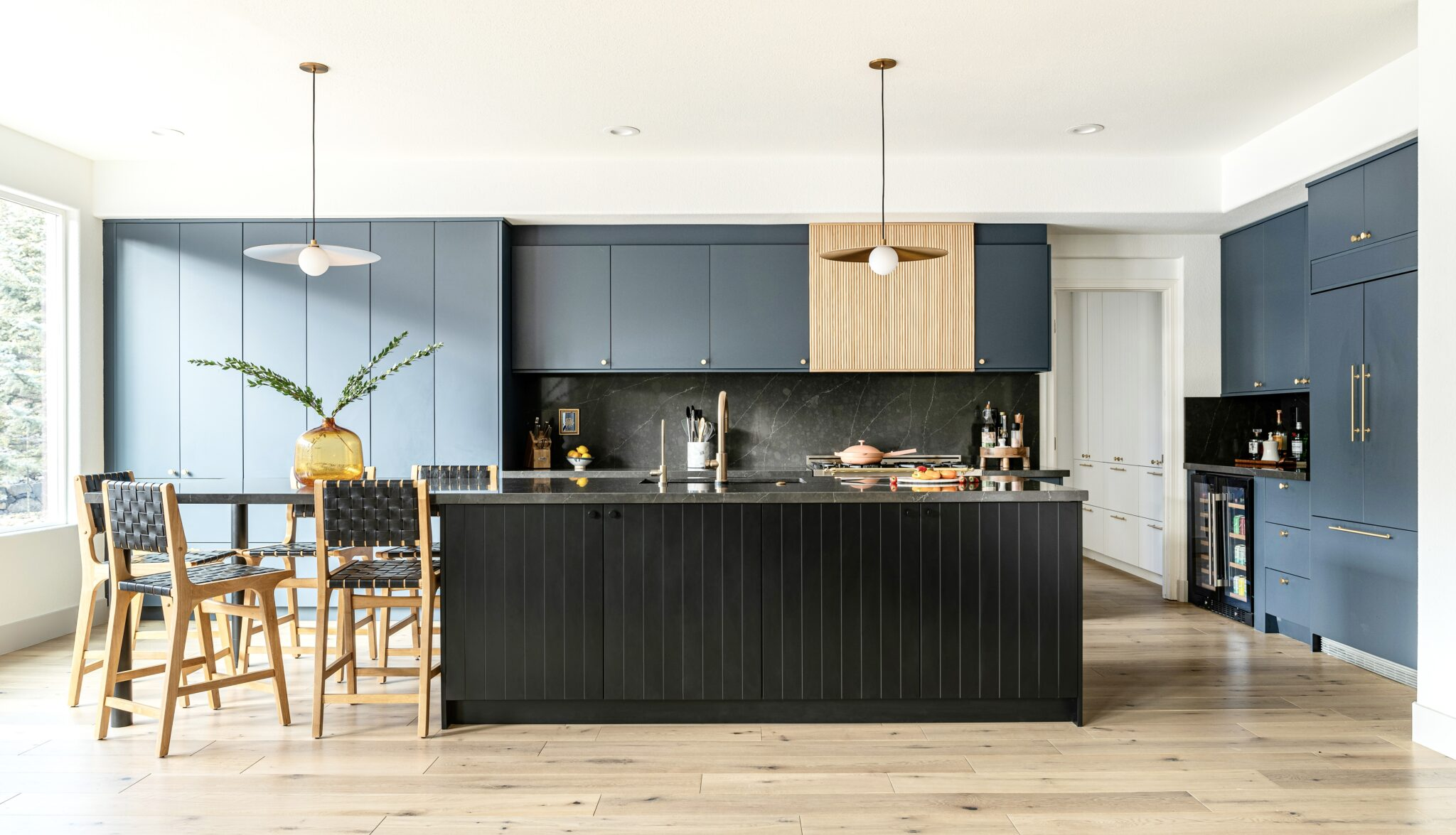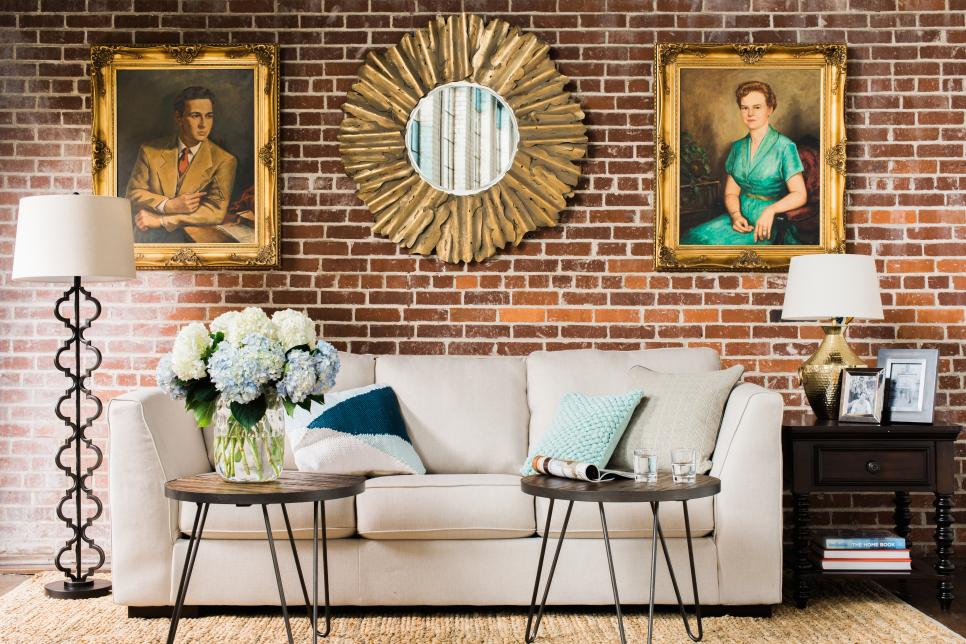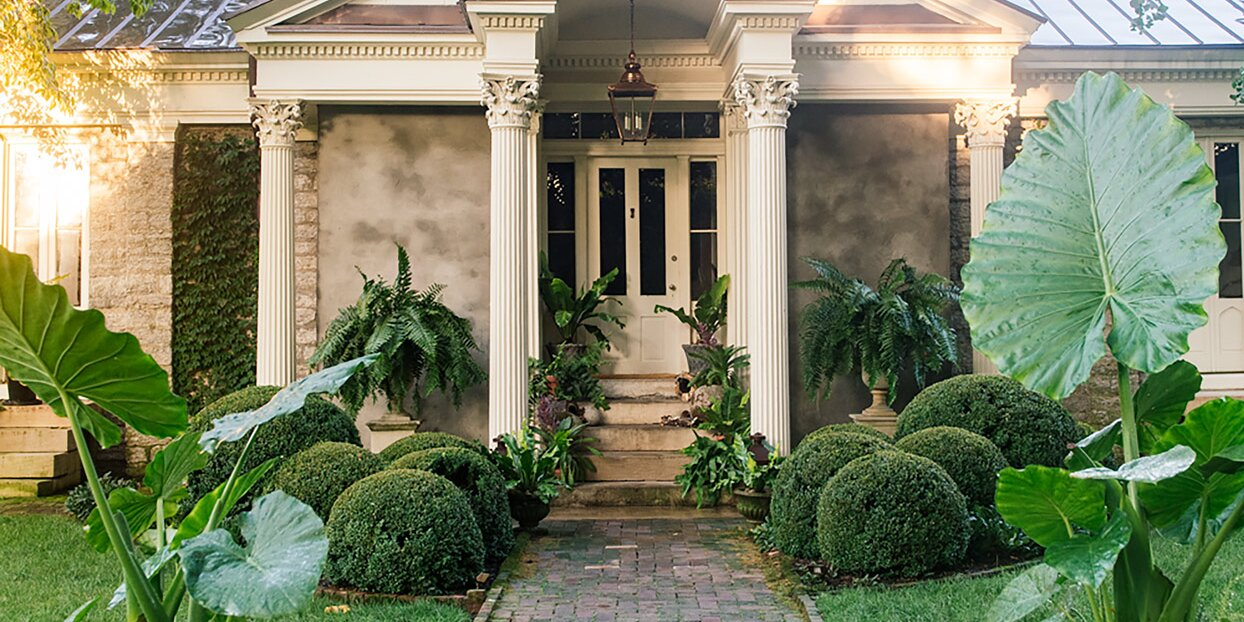
Never underestimate the power of love at first sight. Jon Carloftis is a college student. When he walked through the cylindrical porch of the "Taj Mahal" in Lexington, Kentucky, he hoped to make a few bucks from the bartending performance-a Greek Revival house in 1851, Named after his original owner, banker and Abe, Lincoln's henchman Madison C. Johnson. "I walked into the living room and looked up at this domed-vaulted plaster ceiling-it must be 18 feet high-I decided at the time that this house would be mine one day."
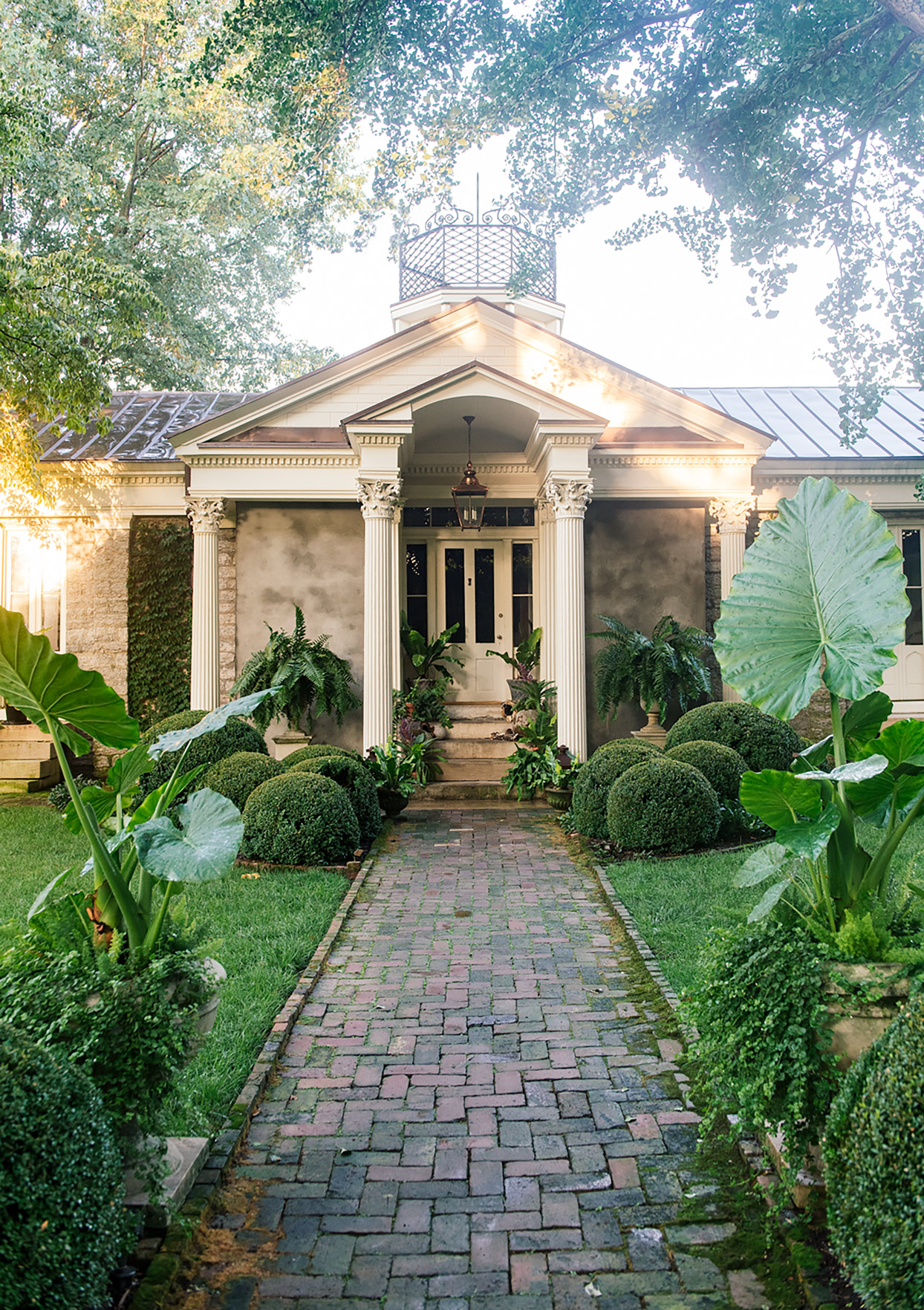
Facts have proved that that day was a good time on the tortuous road of life. Jon set off for New York City, where he pioneered the art of roof garden design and accumulated dirt and celebrities under his nails in his social circle. For more than two decades, Jon's stars have risen, and Boselum has fallen into a sad state of disrepair.
When Jon's phone rang in 2012, this elegant old house had iron railings on the door, wooden boards on the windows, and a large group of rude and rude raccoons broke into the basement.

"It was my friend Fran Taylor back in Lexington," Jon says. "'Jonny Boy,' she told me, 'your house is for sale.'" Without hesitation, Jon and his former partner bought the place. "My heart has always been here in Lexington," Jon says. "I was dead set—I was going to take this house back to what it was."
And he wasn't going to waste any time doing it. "People thought it would take me six years to restore this place," Jon says. "It took a year and six days. My clients joke that I'm president of the Git 'er Done Club."
Out went the dregs of neglect—and the raccoons—and in came a return to Southern charm, both inside and out.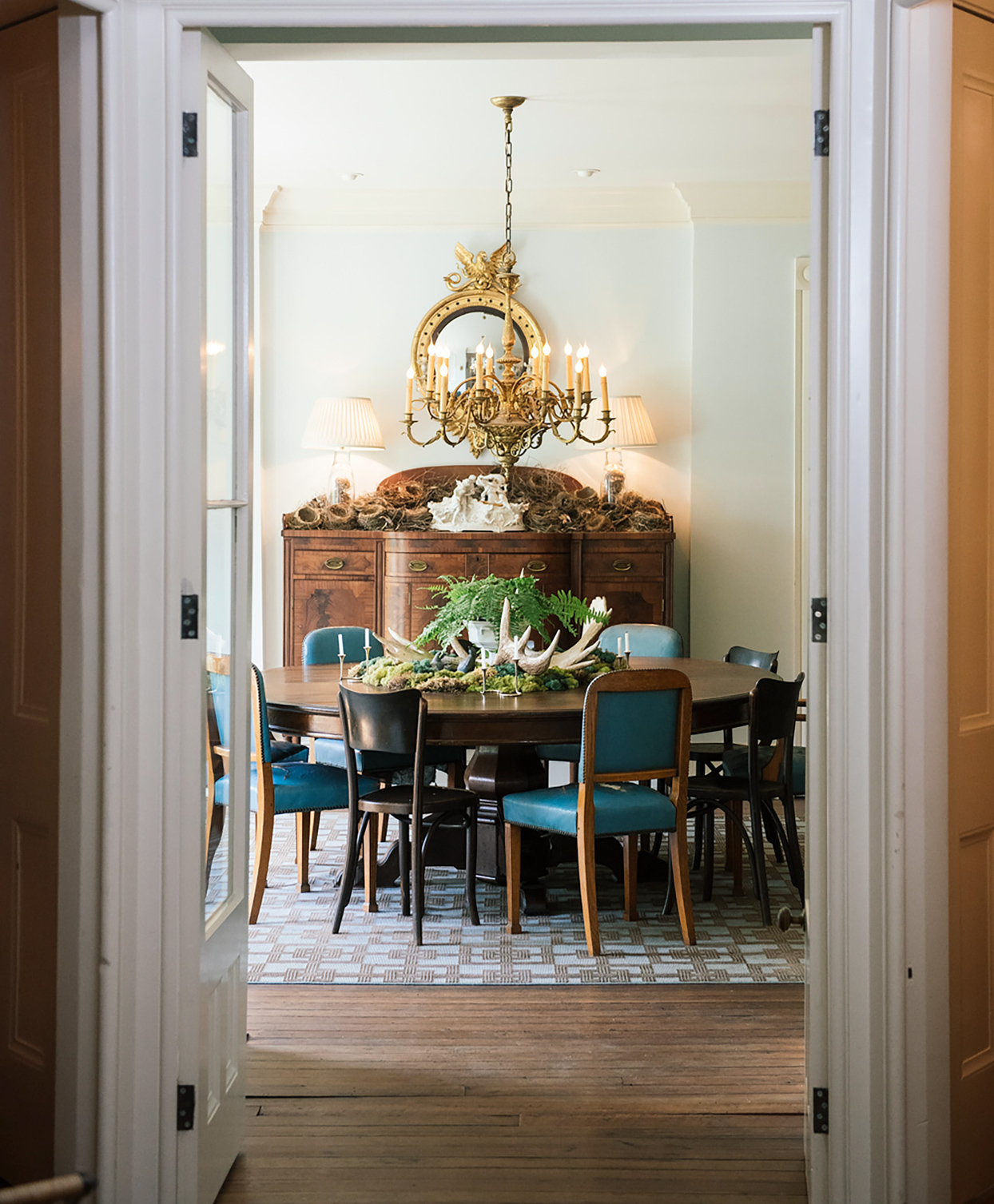
Jon outfitted rooms with a mix of antiques, vintage family pieces, and new furnishings that are all about comfort not pretentiousness. "I hate going in a house and feeling like I need a powdered wig and a fan," he says. "I want people to feel at ease, to have a good time."
In the dining room, an 1872 table from a Philadelphia hunt club is ringed by unpretentious 1950s chairs once used in a bank. "I love that blue—and that they're ripped apart. I keep them that way. It lets people relax, just like a round table makes everyone feel equal."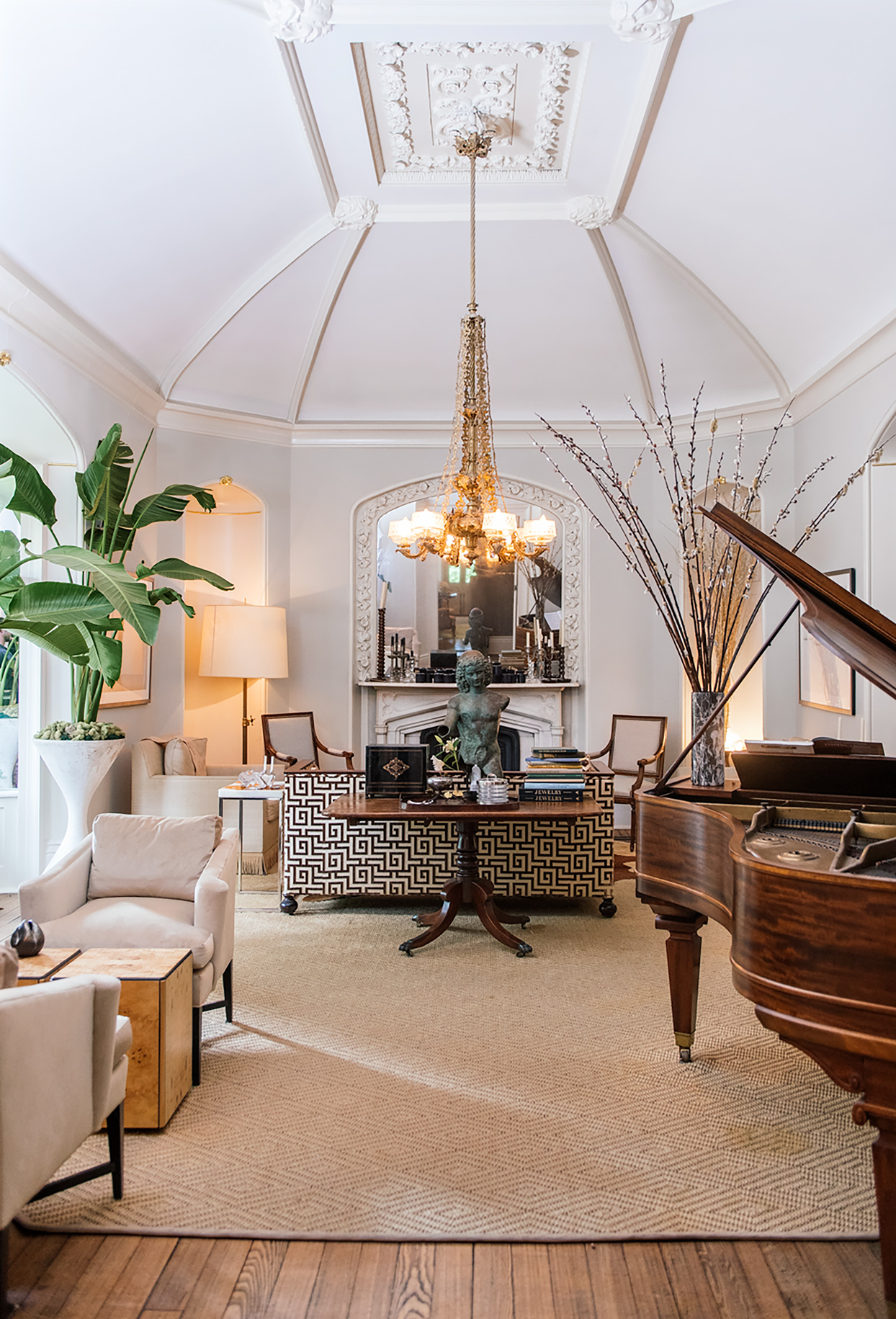
Original architect John McMurtry gave Botherum (lore says the home's name comes from a character in a Henry Fielding play) beautiful bones that set the stage for gracious Southern living. "The piano is a 1904 Knabe, a gift from my momma," Jon says. "She was going to get me a Steinway, but I said, 'Momma, black doesn't go with my colorway.'"
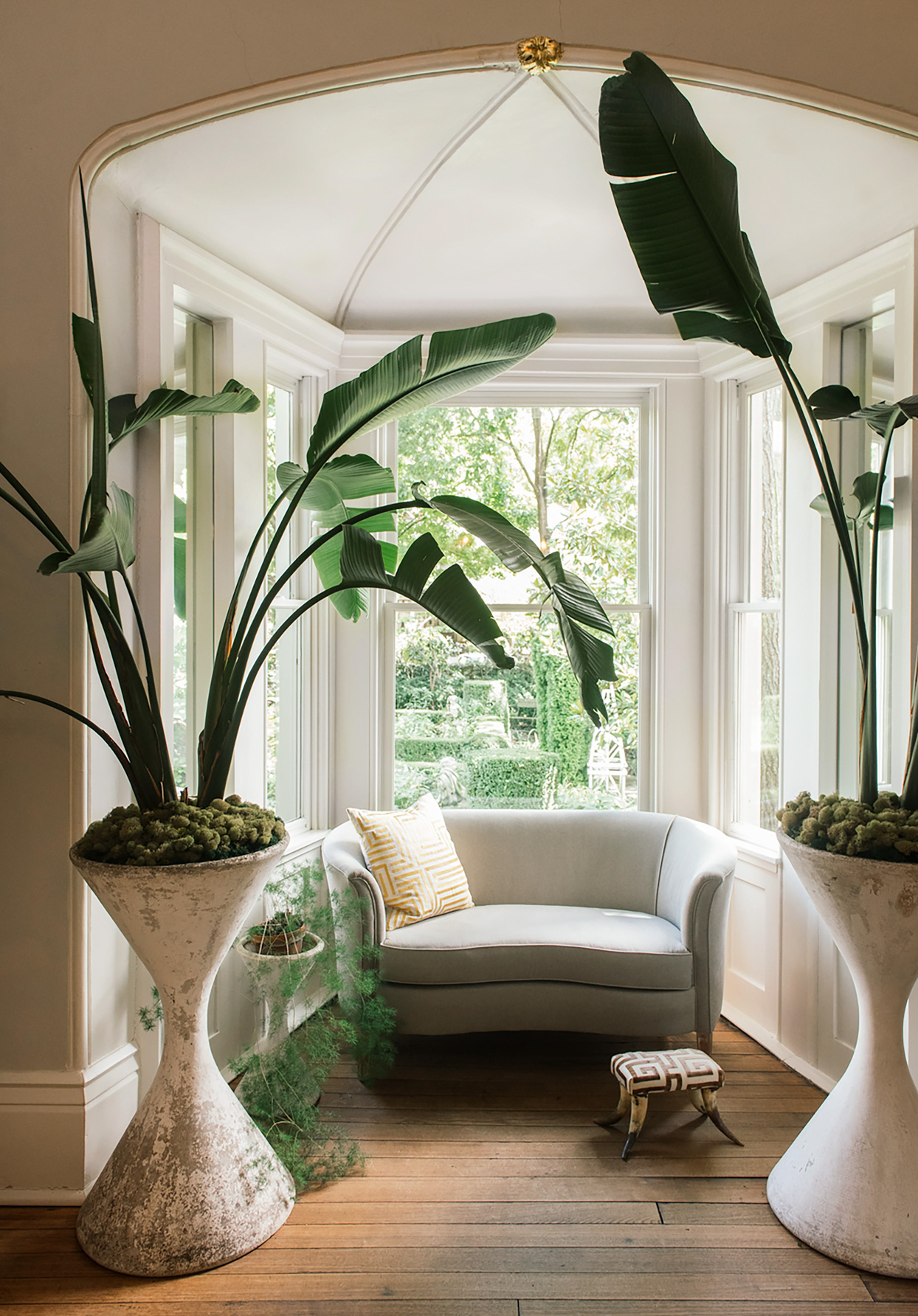
A bay window corner provides an inviting habitat with views of the pleasing symmetry of the quadrangular garden, where neat rows of boxwoods, elegant arborvitae arches and wooden benches invite visitors to venture out and take a closer look. Benches from the 1930s provide comfortable seating, made of birds of paradise planted in old Willy Guhl containers.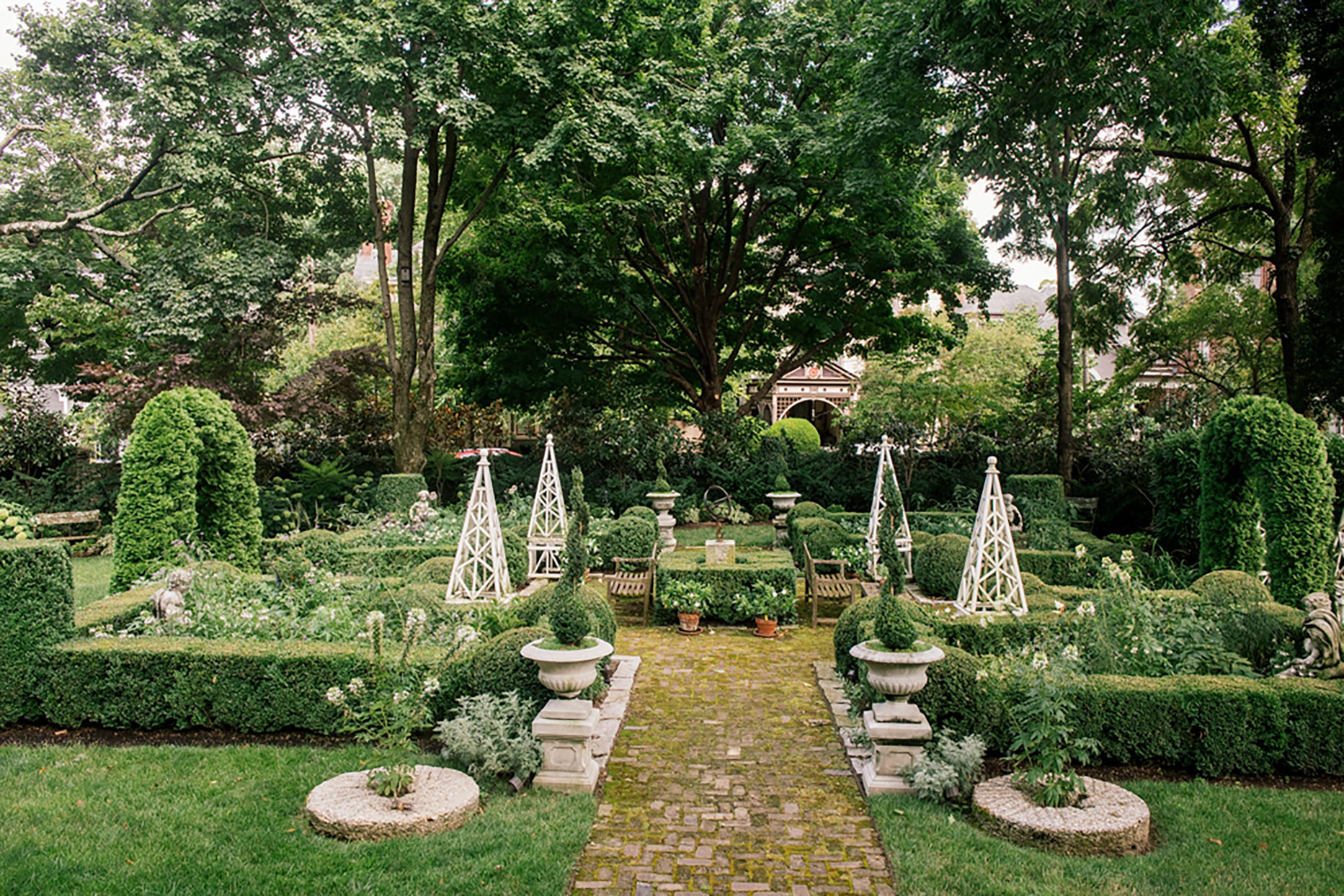
When the guests relax, Jon-the eternal gentleman of the South-entertains them with cold drinks, tastes fresh food from his vegetable garden, and enjoys the magnificent scenery. "No matter where you are, there will be some pictures," he said. "People are in it 95% of the time, so it's important to create a garden that looks beautiful from every room in the house."
Jon found a picture of the early boxwood knot garden on the property and remade it. "There are a lot of greens, a lot of textures," he said. "Even in winter, the texture looks great. The garden must have structure. Flowers are the reward."
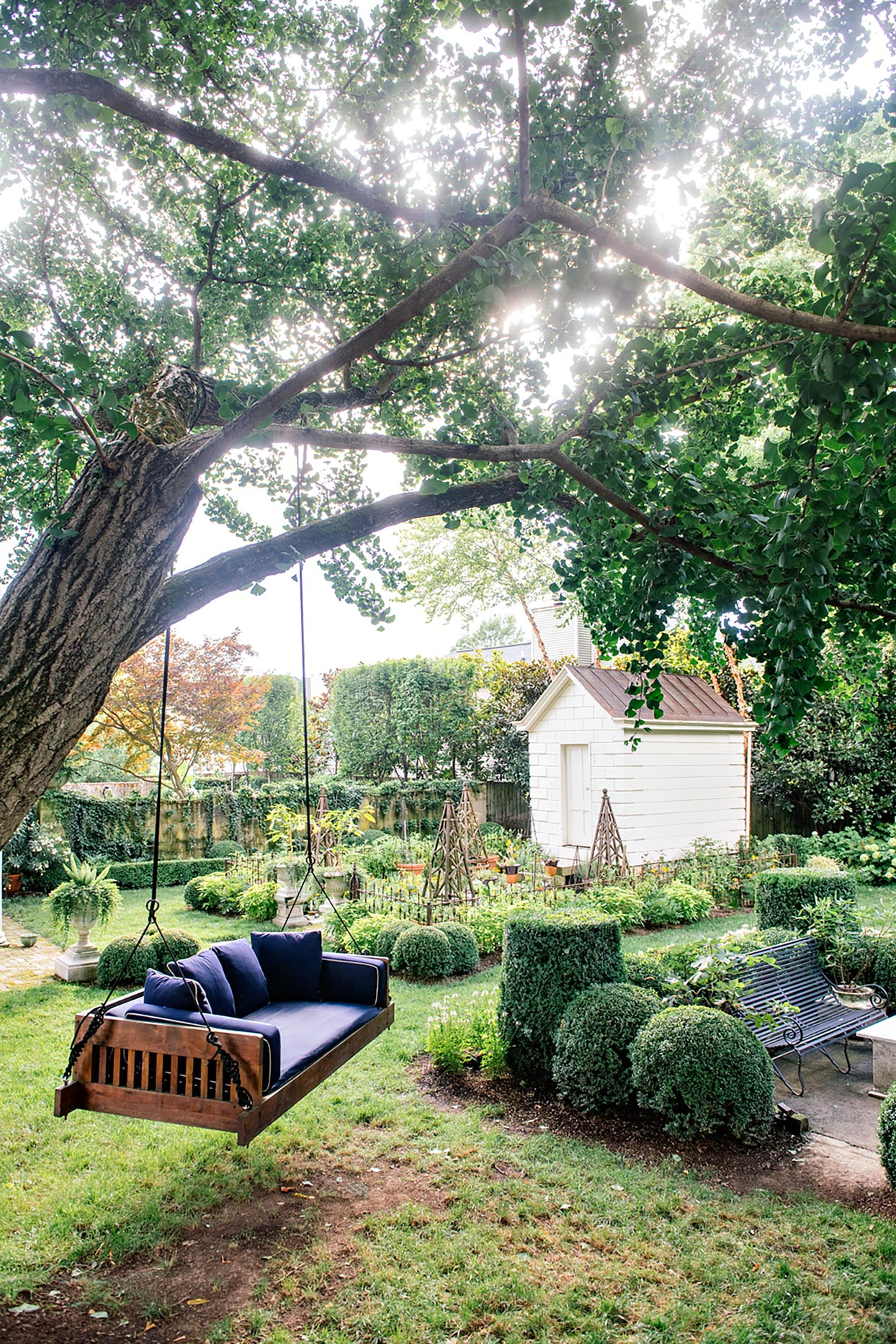
Just outside the front door, a padded swing hangs from the sturdy branches of the "Henry Clay Tree"-arguably the largest ginkgo tree in Kentucky. The famous politician gave it to him before the house was built. The original owner. "I will buy this place for this tree alone," Jon said.
The kitchen provides a glimpse of the walled flowerbed garden, where lush, well-manicured boxwoods. A few steps away, the vegetable garden gained visual interest from the pyramid-shaped instructors, who acted as a jungle gym for climbing plants, and an old white potting shed that Jon used to move with a huge crane. Now, the shed is not relegated to a distant corner, but a focal point, which discreetly blocks the view of the neighboring downtown apartment.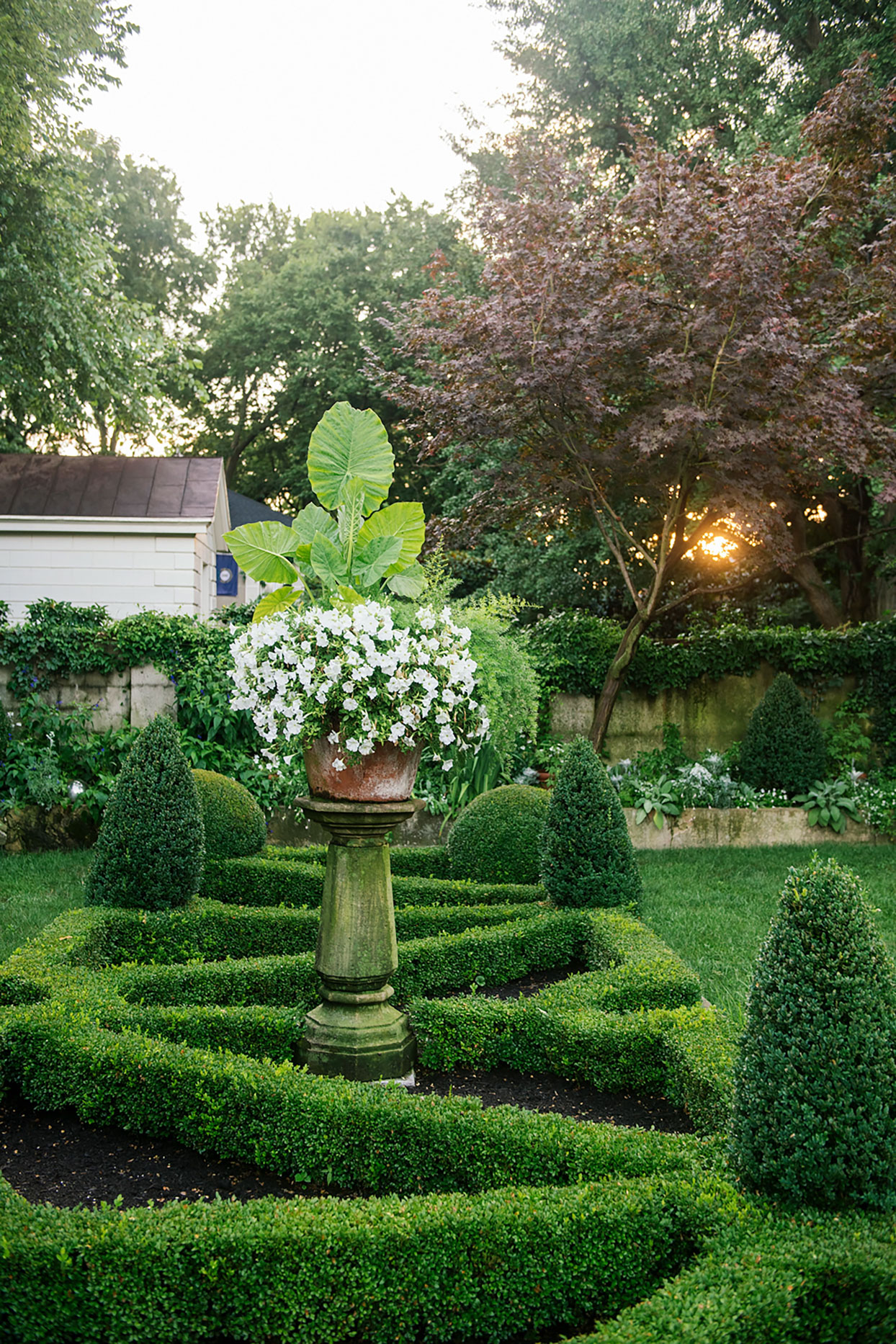
On top of an ancient limestone base is a terracotta pot that is the core of the garden space defined by boxwood, including the tall "green mountain" variety. 'Bloodgood' Japanese maple trees add color.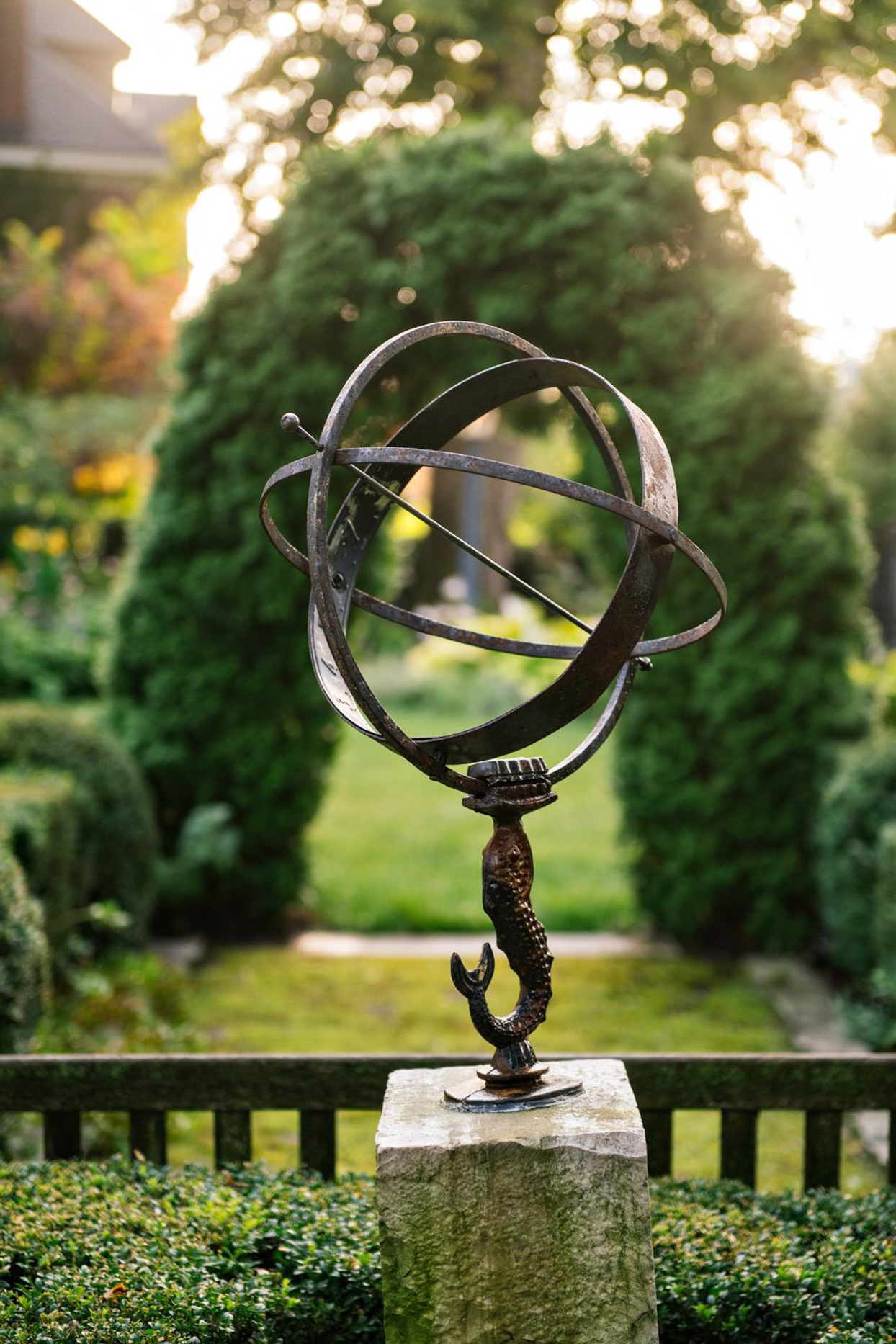
Jon integrates his visual interest into the outdoor room, with sculptural elements and evergreen plants, which look beautiful all year round.
The salad tonight is as close as the vegetable garden. Jon's tomato secret? "I took inspiration from Italy and Greece and added sand-tomatoes like sand and heat."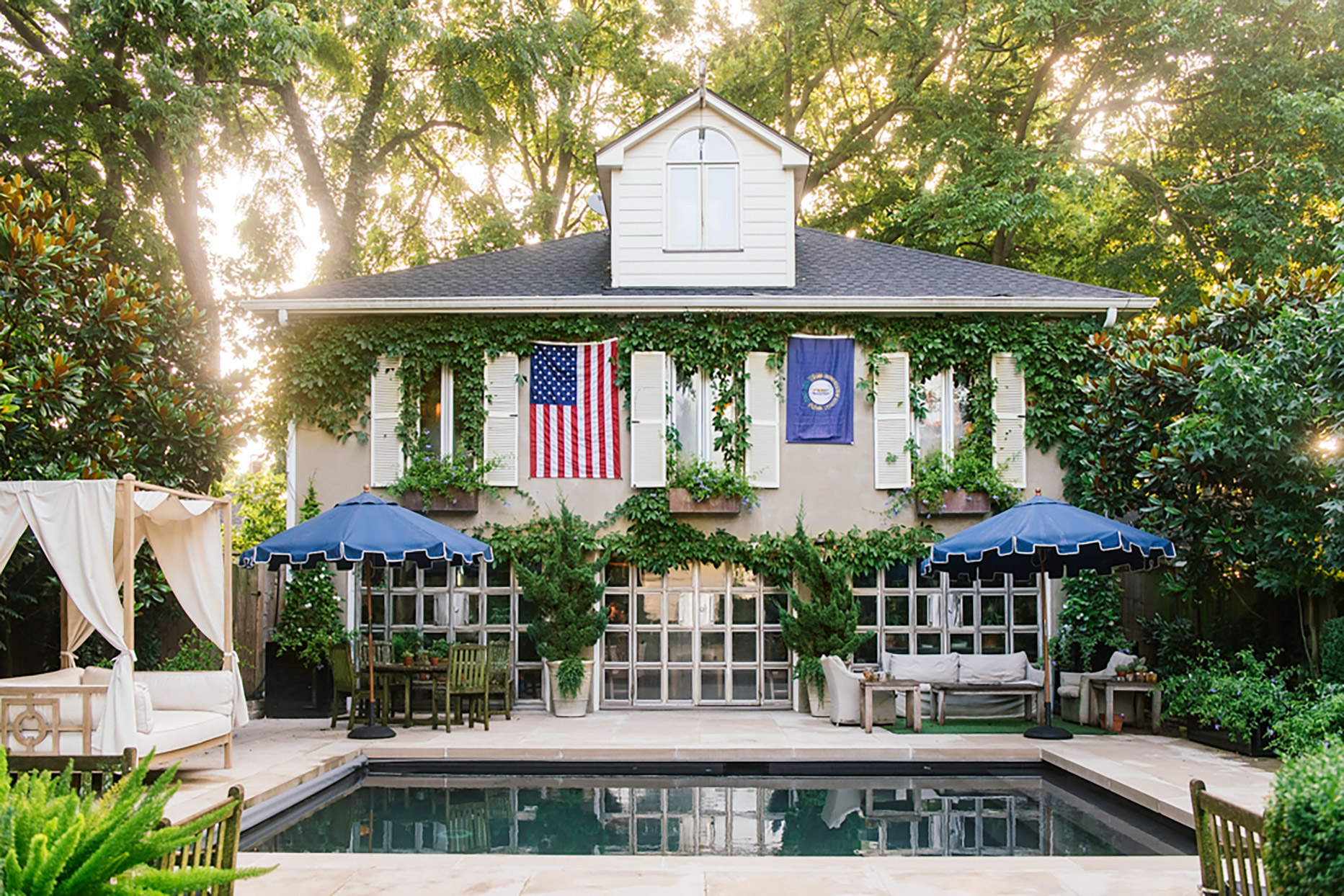
Even the old garage that was expanded in the 1990s is pleasing to the eye. Jon transformed the three-stage structure into an elegant pool house, featuring climbing vines and window frames that lead to the new terrace and seawater swimming pool. Facts have proved that the outdoor sofa bed with canopy from Arhaus is the most popular. "This is the ideal place to curl up and read," he said.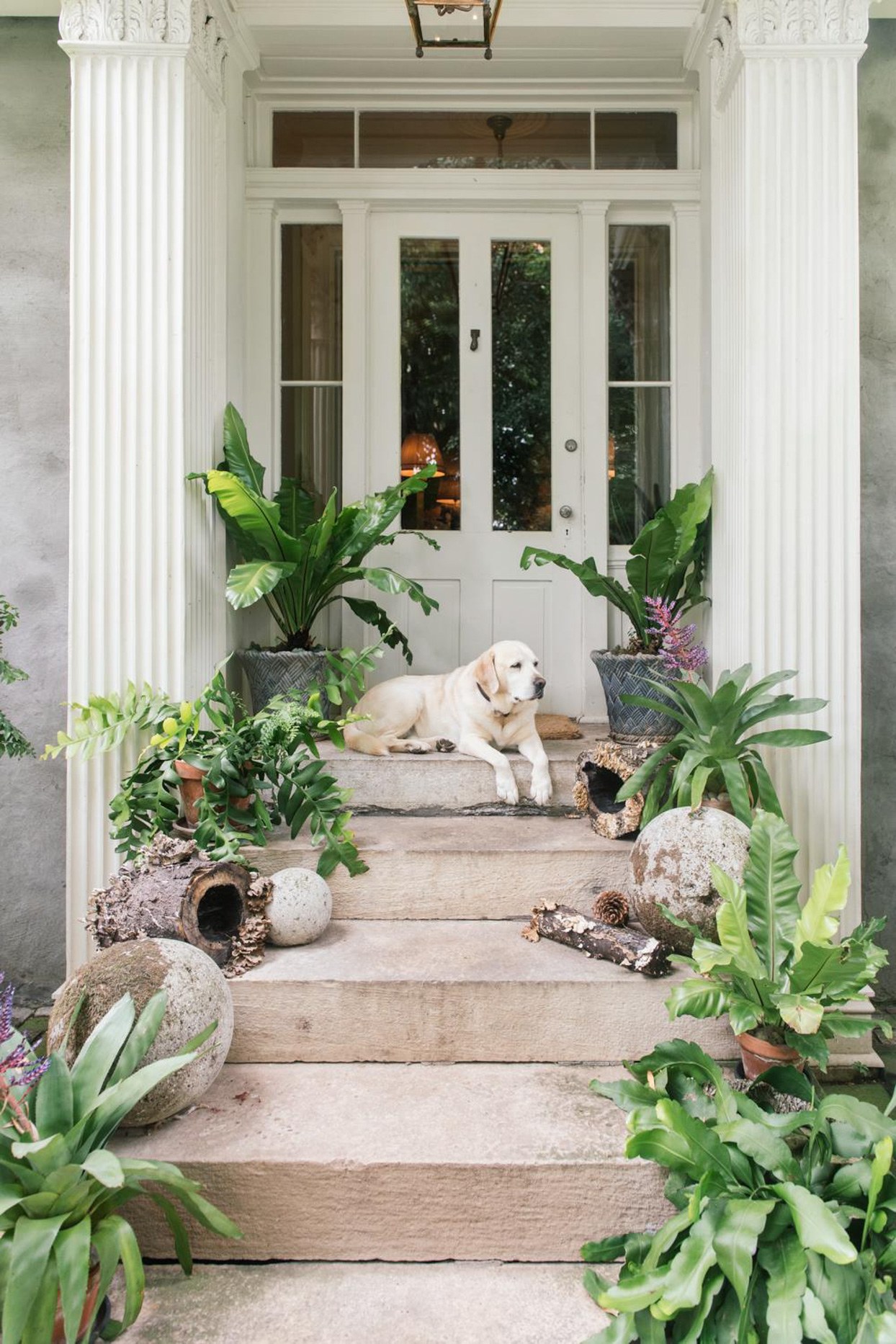
No matter where they are, Jon's guests know that they are welcome to relax, relax, and even stand up. The 1904 Knabe piano in his living room is not just to look beautiful. "As we all know, at parties, we move back to the furniture, roll up the carpet, and dance," he said. "This is tradition—something from the South."
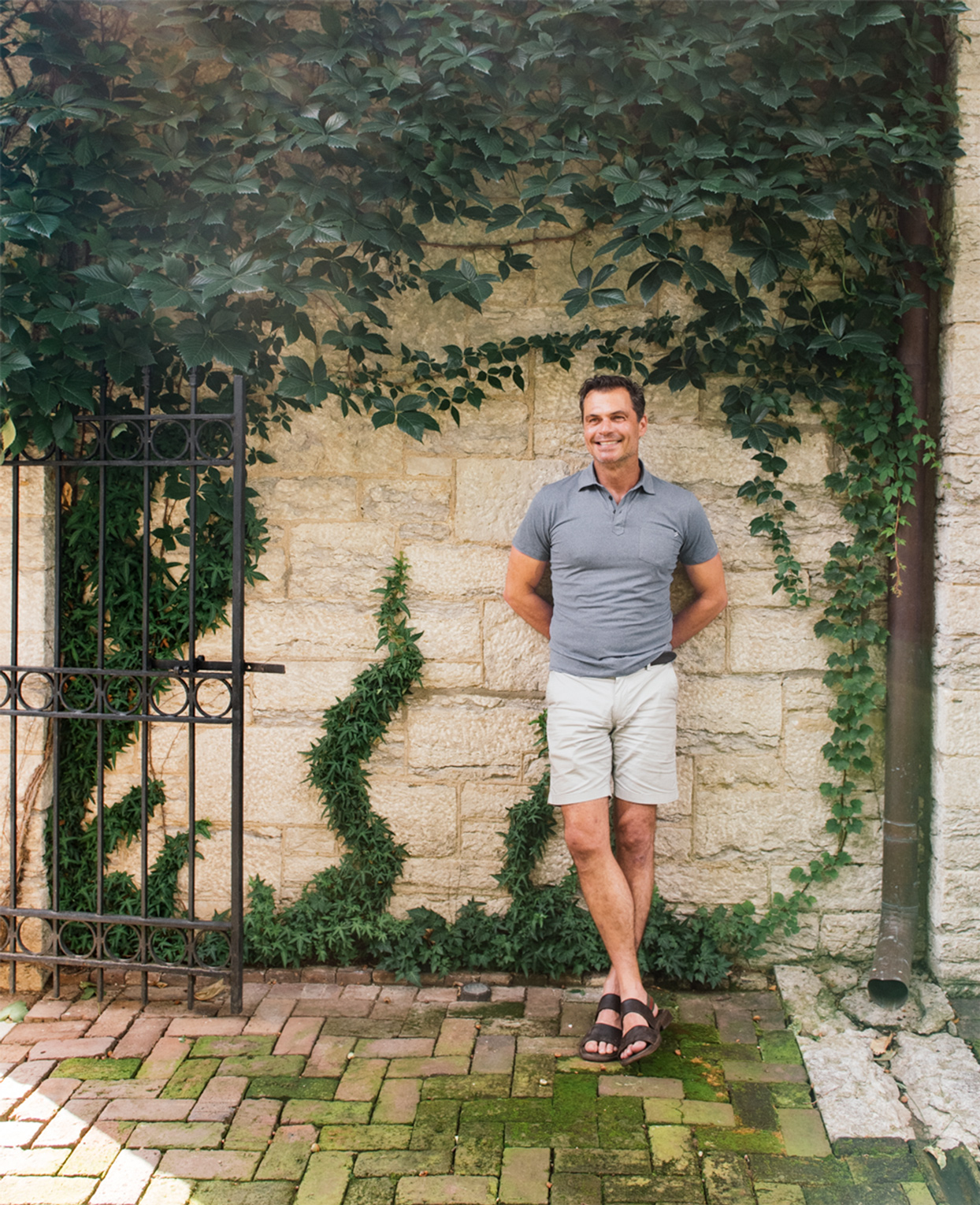
Celebrating the past, celebrating nature, celebrating life. Jon has woven it all into this revitalized old home. "It's a feel-good house," he says. "People fall in love with it—just like I did."





